Interview with Menaka Raman, Author of Reaching for the Moon: Lessons from the Chandrayaan Missions
Reaching for the Moon blends imagination, science, and persistence—showing children that big dreams grow through curiosity, courage, and learning from failure.on Nov 20, 2025
.jpg)
Frontlist: Valarmathi’s dream of making snow in Tamil Nadu is both whimsical and scientific—how did you strike a balance between imagination and realism in the story?
Menaka: I think it seems so silly. You know, I'm from Tamil Nadu, I'm from Madras, and the idea of it snowing anywhere in that state is laughable. But I think that's a child's imagination, or that's a child's way of thinking. Like, why can't this happen? And of course, I can make this happen.
It does seem whimsical and a little far-fetched when you say it out loud. But I think again, every single thing that today we take as just a given, right? Whether it's antibiotics or being able to get onto a plane and fly somewhere, or even sending humans to the moon. The first time someone proposed those things, they must have been laughed out of the room.
So I wanted to show that as well, that no matter how far-fetched an idea seems on paper or when you say it out loud, maybe there's a chance that it might work, and maybe there's a chance that it might be possible. That was the idea as well to have the fiction and the non-fiction segments of the stories run almost in parallel with each other. That's why I wanted to do that.
Frontlist: The book celebrates science through creativity and play. How do you think fiction can make STEM subjects more accessible and inspiring for young minds?
Menaka: I think that for a certain kind of reader who is from urban spaces or semi-urban spaces in the country today, who has access to the internet, like, a lot of these children whom this book is intended for would already have heard of Chandrayaan 3 and Chandrayaan 2, and Chandrayaan 2 failed, and then they did Chandrayaan 3. The science of this is easily available to children today, whether it's through YouTube shots or an article, or an Instagram reel they're able to access through their own devices or their parents' phones. So, the science of this is already available to children who are interested in it. I think for me, why I want to write these books is, then, what else can you take away from these, what else is there for you to take away from these stories? And I think with the, whether it was Topi Rockets from Thumba, or, How to Reach Mars and Other (Im)possible Things, or, in this case, Reaching for the Moon.
In each of these, I wanted to find something else that children could kind of take away from the book, because science is easily accessible to them everywhere. But of course, through an illustrated book, this is where the magic of illustrators comes in. They're able to bring these stories and the science alive through their artistry.
And that is something really amazing. So, I think children's books are rightly placed to take topics that children might look at and think, Oh, this feels like something I might have to learn at school and present it to them in a way that is far removed from their textbooks and make it a lot more engaging.
Frontlist: If young readers take one message from Reaching for the Moon, what would you want it to be about dreams, persistence, or self-belief?
Menaka: I really would like them to take away a message of persistence. It's important to keep trying. It's very easy to give up when things don't go your way, but it's a lot harder to keep trying. It is very difficult. So I hope that they know that persistence is really important.
Things don't always work out the same first time. And if it's something you really, really want, then you're going to have to be persistent. But of course, it is also important to be kind to yourself. That is something I really hope children understand: to learn a little bit of self-kindness, self-love, and be kind to themselves as well as they go on this journey.
Frontlist: Your protagonist, Valarmathi, is a small-town girl with big dreams. Was her character inspired by any real-life person or experience from your childhood?
Menaka: No, Valarmati was not inspired by a real-life person or an experience from my childhood. But I knew that I wanted to set the story in a semi-rural, small-town kind of setting. Because if you look at the scientists who work at ISRO, and many of them work at ISRO for decades and throughout their careers, many of them come from small towns, small villages from across the country. And in my interviews with scientists who are retired from ISRO, many of them credit ISRO for giving them so many opportunities to really advance in their work and careers.
And Valarmati and Shiva, if you look at the back of the book, their names are somewhat inspired by two ISRO scientists. One is D. Valarmati, who is no more. Shiva is named after Mr. Keshavan, who is the former ISRO head. He was there during Chandrayaan 2. If you are from a very privileged urban setting, then some of these things, the pathways to these careers and roles, become much smoother, more obvious for young people. But I really wanted to show that it is possible to be a scientist and to do science, irrespective of who you are and where you're from.
Even though sometimes those journeys might be more difficult, there might be more things in your way that make it harder for you to get where you want to, but it is possible. And ISRO really exemplifies that. So, I wanted to show that.
Frontlist: What inspired you to write Reaching for the Moon, and how did the Chandrayaan missions influence the story’s message for young readers?
Menaka: It was the Chandrayaan missions themselves that inspired me to want to write this book. Because so often, as adults, we tell children that failure is the stepping stone to success and that there's an opportunity to learn every time we fail at something. The word failure itself has such a harsh connotation. It's such a loaded word. I know from some of the past books I've written around STEM for young readers that not getting something right is such a crucial part of the scientific endeavor.
All scientists, every Nobel Prize-winning scientist, highly respected researcher, and academic have faced failure multiple times in the course of their work. But we only remember the success stories, we only see the big headlines, we only see the prizes, we only see the success, and all those wonderful things. It is like all the hardships that these people had to face along the way to get there, they rarely make it to life. Chandrayaan had really, really captured the imagination of young children across the country, so I thought it was a really lovely way to show them that, look, even ISRO scientists don't always get things right. But what they do do is they pick themselves up after and they learn from where things went wrong. Literally, in the case of Chandrayaan 3, they looked at all the things that went wrong, and then they fixed them and improved them, and they didn't give up. It was just absolutely perfect for being able to talk to children about this. In this day and age, where there is so much pressure on children to succeed, to be the best, to do things perfectly, I thought this was a really important message to share with them.
Frontlist: As someone who once wrote far-fetched stories yourself, do you see a bit of young Menaka in Valarmathi’s curiosity and determination?
Menaka: I think there is definitely a little bit of young Menaka and even old Menaka in Balarmati. I always want to challenge myself in what I write and in the stories I try and tell. So determination, for sure, definitely there. And curiosity. I don't think you can be a writer without curiosity or determination.
Frontlist: The book beautifully mirrors the spirit of India’s space missions—curiosity, courage, and resilience. What lessons from Chandrayaan did you most want children to take away?
Menaka: For me, what really stood out and what I hope readers might be able to take away is that even though Chandrayaan 3 was a success and it worked, Chandrayaan 2 didn't do what it was intended to do. I want them to remember that you can do everything right. You can study really hard for that test. You can train really hard for that race. You can practice for that singing competition, or you can try really hard to audition for some role in your school play. You can really put in everything and do to your absolute maximum potential. And still things might not go your way. You still might not get the result you want. While that's heartbreaking, crushing, and you feel awful in that moment, your life becomes enriching in so many ways just through having gone through that process of practicing, learning something, training for something, and putting yourself out there and doing it.
That is something I really wanted them to take away from it, that that's okay, that we can't, and as much as failure stings in that moment, and maybe for some time afterwards, over a period of time, there are things that we have gained or learned about ourselves from trying for something that are invaluable.
Frontlist: Failure plays a big role in Valarmathi’s journey. Why did you choose to focus on ‘failure’ as an essential part of learning and discovery for children?
Menaka: I can't think of anyone who's gone through life without failing at something or not getting what they want, or not getting the result they want from something. And yet we put so much of our attention, focus, and pressure on young people to always succeed, to always come first, or do those things. But you can't have any of that success without having failed at something.
The law of averages is such that even if you've had a very wonderful, gilded life where you've never had to face any failure, at some point, the law of averages might catch up with you. But outside of that, whether you are a scientist, a writer, or a musician, there are always going to be stumbling blocks, there are always going to be things that you find hard, that you struggle with, where you don't get the results that you want. They are an integral part of mastering something, whether it's an instrument or a backhand in tennis. Struggling and to master something is really important. And learning why you're not able to get something that you want is also important.
And, I think, in terms of narrowing down into the field of science, your failures tell you so much about what it is that you are trying to achieve. You keep fine-tuning an experiment or a hypothesis or whatever it may be to reach where it is that you want to go. And it is so important to tell everyone that it's okay to fail. I really want kids to take that away, that if your ISRO scientists are failing and if they are not able to always get things right, it's perfectly okay for you to be that way too.


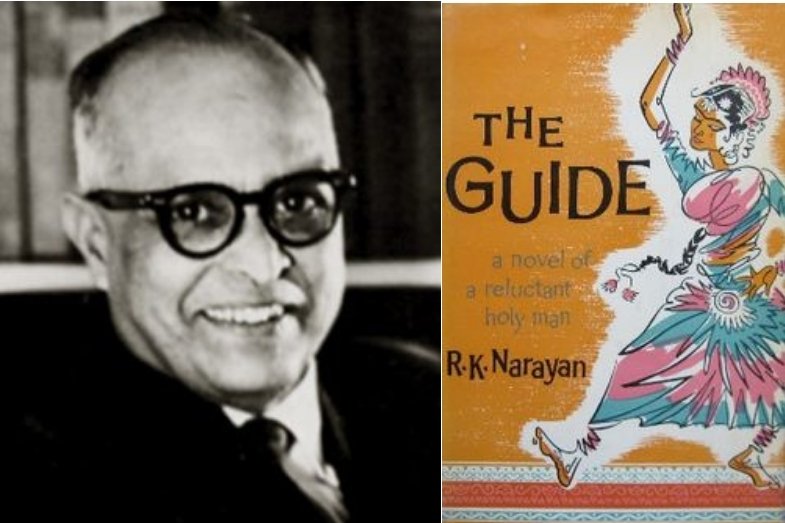
.jpg)

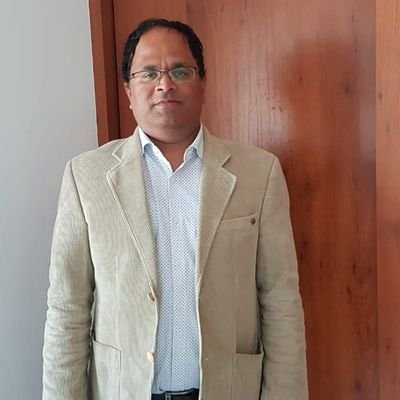

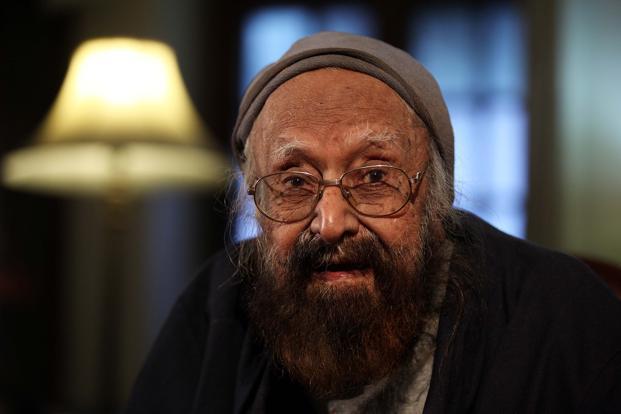
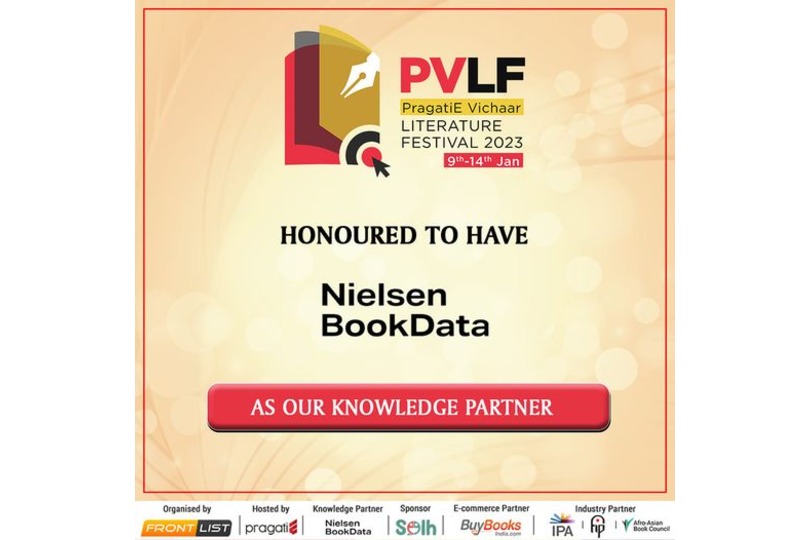
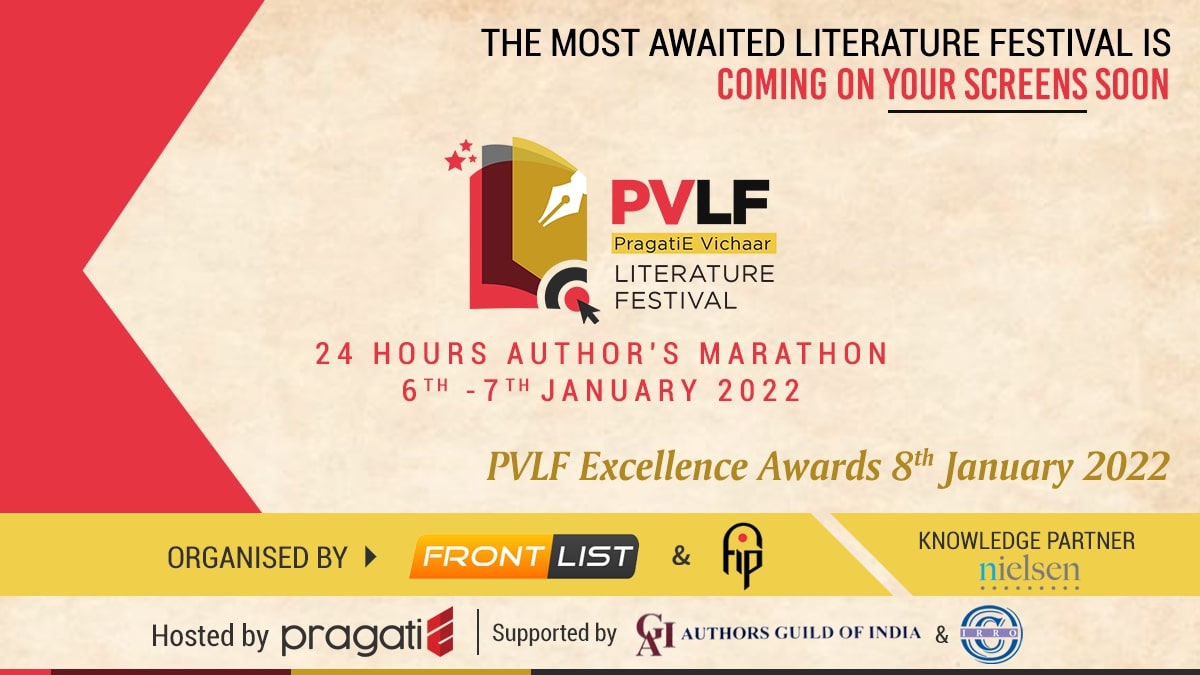
.jpg)


.jpg)
.jpg)
.jpg)
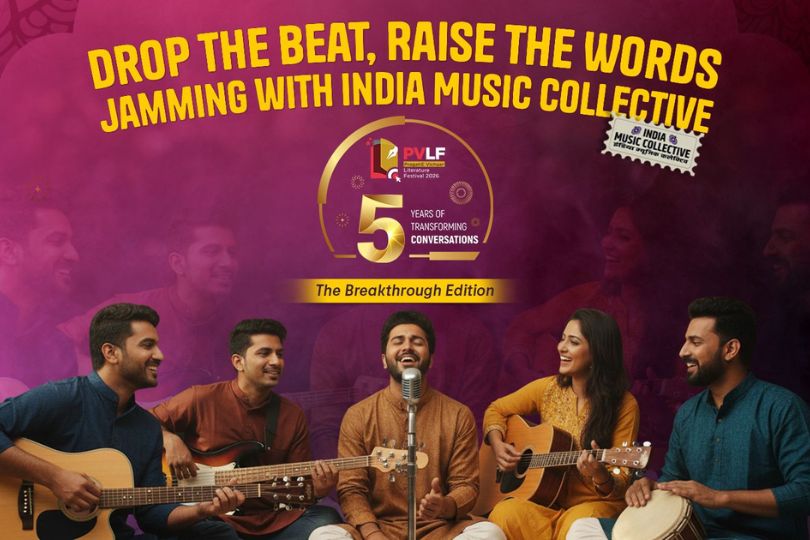
.jpg)
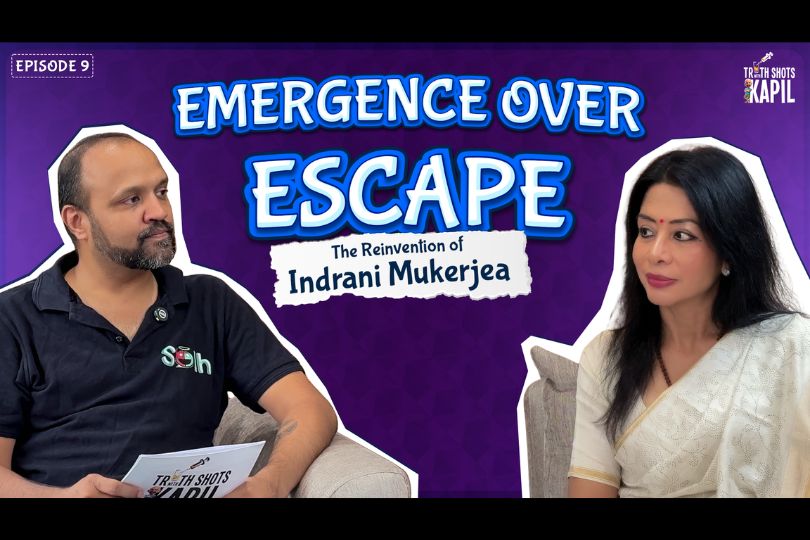
.jpg)


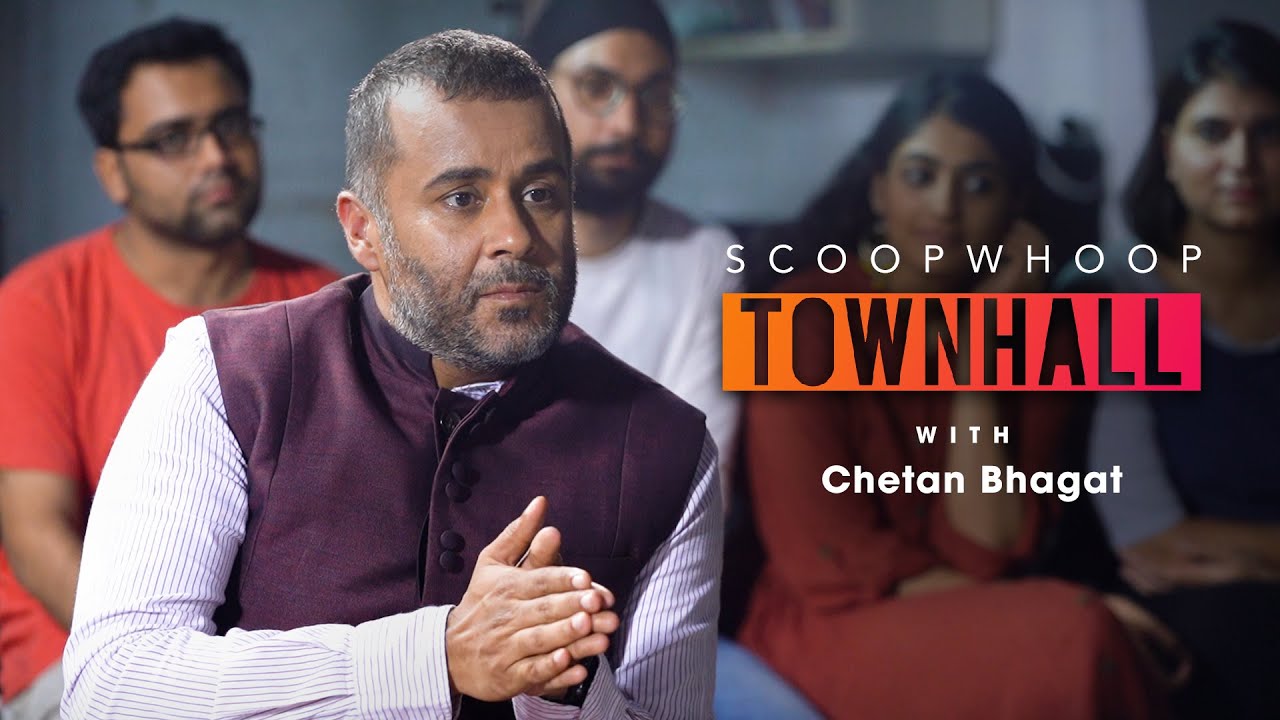


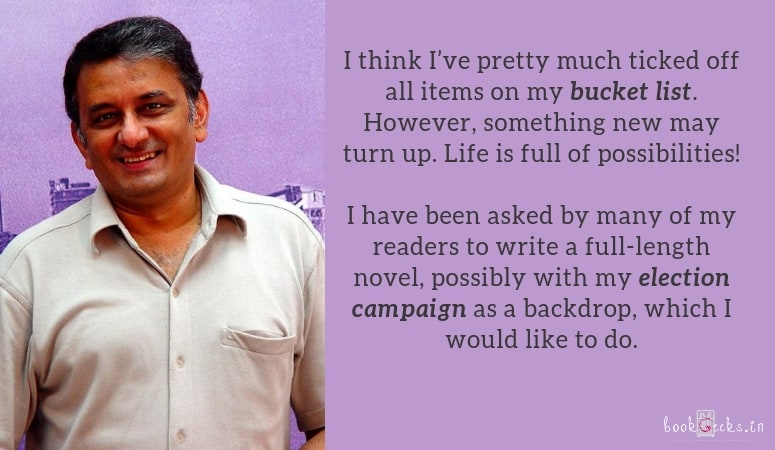




Sorry! No comment found for this post.